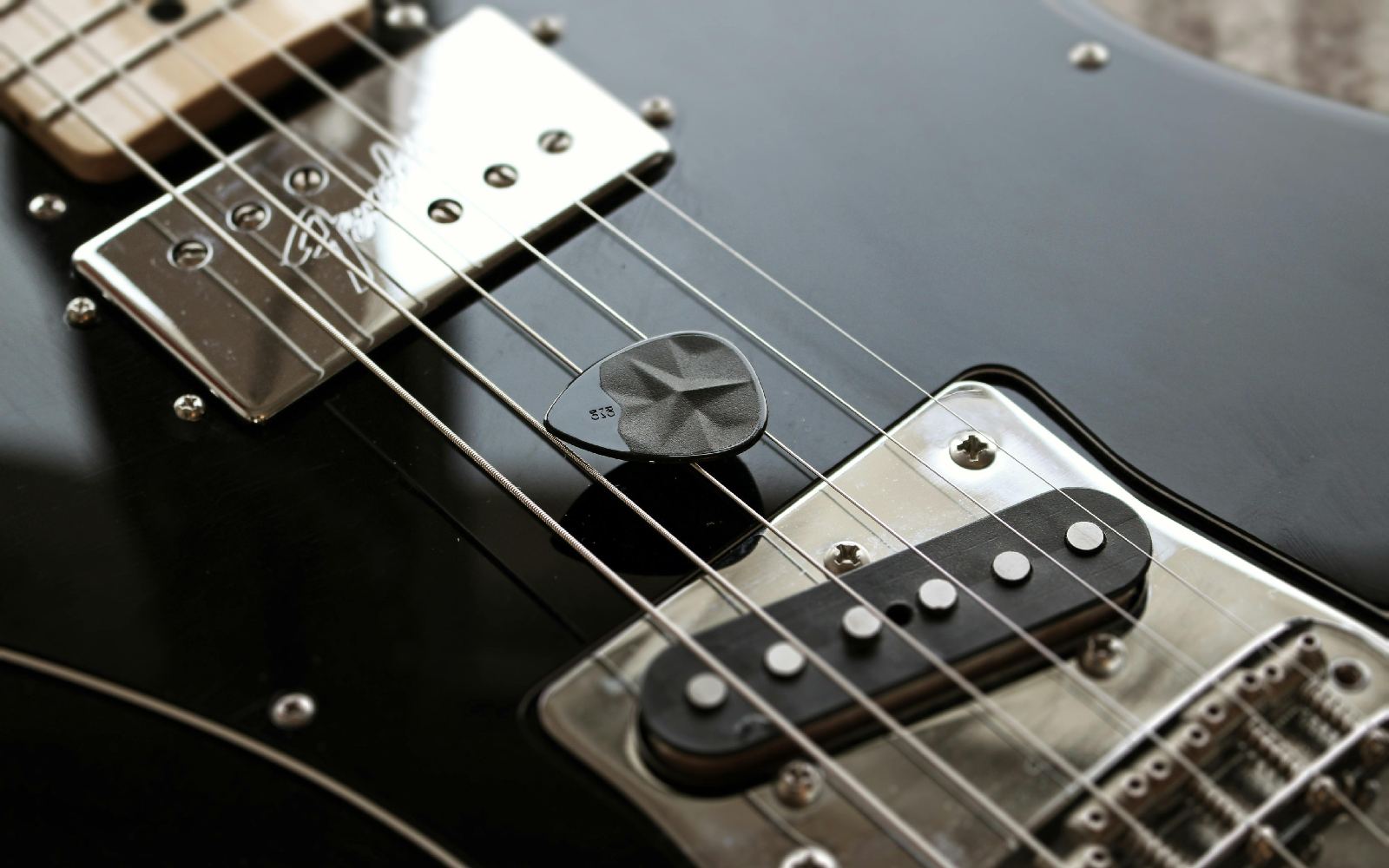Demystifying one of the more ambiguous topics in guitars.
If you’re a guitarist you will know that the choice of guitar pickups is one of the most important designators of your sound. But how much do you really know about them? What is a single coil versus a humbucker? How are they made and what sound do they make? In this article, we’ll go in-depth with this and help you understand the difference.
What this article covers:
- The difference between active and passive pickups.
- A brief history of pickups.
- What different style pickups sound like with examples.
Read all the latest features, columns and more here.
Sound is vibration
Put simply, a pickup uses a magnet and wound coils of copper wire to create a magnetic field surrounding the guitar strings. The movement of the strings then disturbs the magnetic field, fluctuating the current that runs through the wire coils to the guitar’s output.
Active and passive
Passive pickups work as described above, whereas an active pickup is powered by a battery attached to the guitar. This is designed to provide a higher output and help maintain a generally balanced frequency spectrum. For this reason active pickups are often preferred by metal guitarists who require high gain as well as a consistent tone, as you are able to really push your amp without losing clarity. However, this also means that the dynamics of your playing will be less emphasised, so many guitarists prefer the more natural sound of passive pickups.
The history of the guitar pickup
The single coil pickup was first developed in the 1930s by George D. Beauchamp, one of the founders of the National Stringed Instrument Corporation. He did this using a coil of wire, two horseshoe magnets and the motor from his own washing machine. The latter component was soon swapped for one from a sewing machine. This was then placed in a new guitar he dubbed ‘The Frying Pan’, effectively becoming the first electric guitar, and tapped his friend Adolph Rickenbacker to help produce these new instruments.
Single coils were widely popularised in 1950 when Fender released their Esquire guitar, which was followed by a two-pickup version called the Telecaster in ’52. Two years later saw the introduction of a three-pickup guitar named the Stratocaster
One of the main problems with single coil pickups are that they can transmit a fairly audible amount of electrical hum and buzz, which lead to the creation of the humbucker pickup. Invented in 1955 by an engineer at Gibson named Seth Lover, the humbucker uses two coils that are wired out of phase with one another to ‘buck the hum’. They are still largely associated with Gibson, and are used widely in the company’s range, including the iconic Les Paul model.
Humbucker pickups
However Gibson also produce single coils, with the P-90 being the most ubiquitous. The P-90 was developed in 1946 but lost favour once the humbucker was released and remained relegated to their budget lines. However, several of these were later embraced for their distinctive, harsher sound, in particular by several key members of the punk movement in the late 1970s, such The New York Doll’s Johnny Thunders, The Sex Pistols’s Steve Jones and Mick Jones from The Clash.
Although humbuckers and single coils are by far the two most popular types, the two are occasionally used together, such as the H-S-S configuration sometimes found in Stratocasters, which uses a humbucker in the bridge position.
The Sound
Single coil pickups have a bright and cutting sound, while Telecaster style pickups are characterised by their punchy mids, the combination resulting in a ‘twangy’ sound. Consequently they are very popular for use in country and surf music. The pickups used in Stratocaster style guitars have a broader range than the Teles, resulting a comparatively warmer, more rounded tone that still maintains quite bright and punchy high to high-mid frequencies.
The overall thin sound of single coil pickups mean that they are less favoured for heavy music, although the ‘bite’ that is easily achievable with these pickups has often been exploited by punk bands, and Kurt Cobain’s use of a Fender Jaguar helped to ensure that single coils were embraced by the grunge movement. The thin ‘chimey’ sound commonly associated with 60s pop music is also a result of single coil pickups.
Humbuckers have generally a thicker, heavier sound and tend to accentuate both midrange and sustain. This has meant that they are popular with jazz and blues players seeking warm, round tones, as well as metal and heavy rock guitarists who prefer heft and darkness over brightness.
Examples
Some notable players who use single coils are Stevie Ray Vaughan, Keith Richards, David Gilmour, Jimi Hendrix, Jeff Beck and Eric Clapton. Some famous humbucker fans are Tony Iommi, Eddie Van Halen, Jimmy Page, Dave Mustaine, Joe Bonamassa, and Randy Rhoads.
Acoustic guitar pickups
Acoustic guitars have pickups too! Many acoustics opt for smaller electret microphones to pickup sound, or contact microphones beneath the soundboard, pickups are also commonplace for acoustic guitars, particularly as an impermanent way to amplify your acoustic guitar. Drilling, sticking and installing pickups can reduce the acoustic resonance of your acoustic guitar – so a less permanent solution can provide the best of both worlds!
Learn a little more below with Stew Mac:
Let’s compare
Take a look at this video below to hear the difference in pickup styles.
Names you can trust
Besides Fender and Gibson, the most widely used and respected producer’s of electric guitar pickups are Seymour Duncan, DiMarzio, Bill Lawrence, EMG, TV Jones and Lace Sensor.
For more on this topic, check out Yamaha’s take on it.







